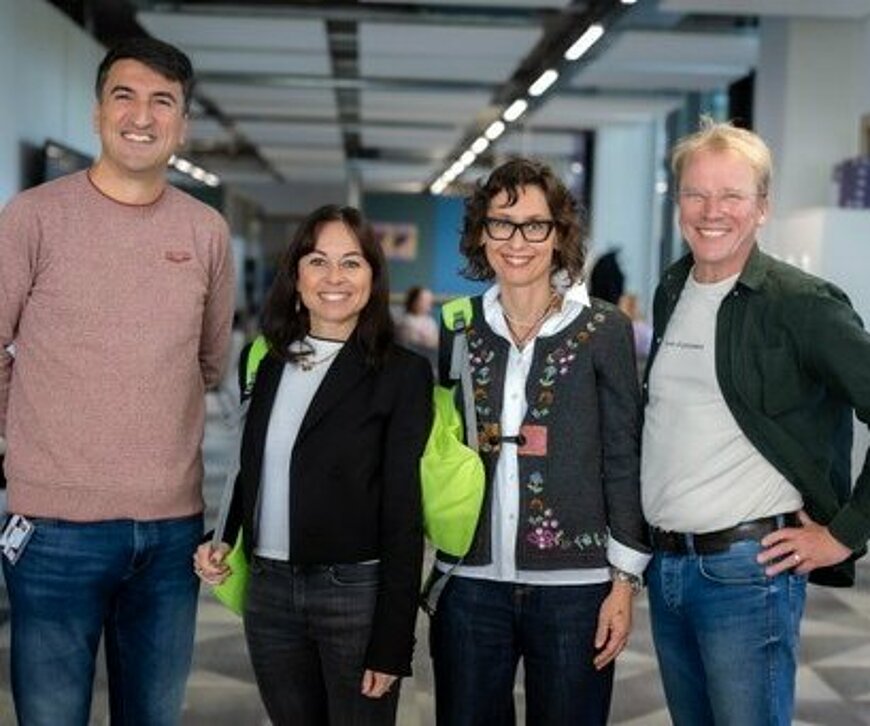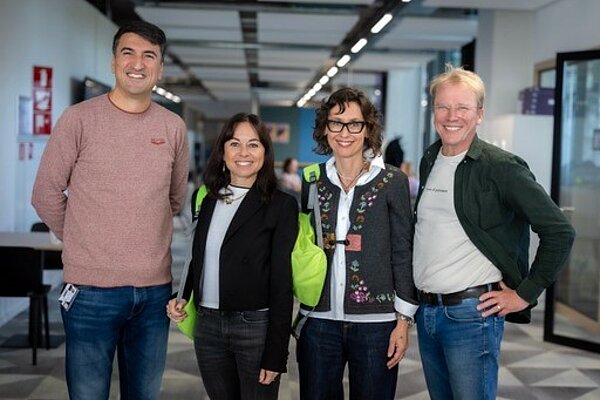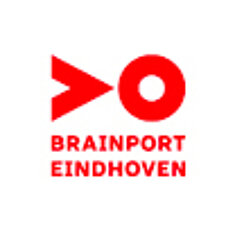Italian delegation impressed by innovative teaching methods in Brainport region

Italian delegation impressed by innovative teaching methods in the Brainport region
At the beginning of October, Milena Barchi and Maria Chiara Venturelli, two Italian representatives of training centre Cisita Parma, visited the Brainport region. The purpose of the visit? To explore how new technologies and artificial intelligence can be integrated into education.
'We are a training centre that prepares students for jobs. For instance, we arrange internships with companies,' Milena explains. 'It is important that we prepare students well for the modern job market today. In the food and automotive industry, the sectors in which we operate, we are seeing more and more automation and technological changes. The knowledge we gain here in the Brainport region helps us respond better to this.'

Innovative nature
Hans Vasse, regional coordinator at Brainport Development, linked the representatives, among others, to Fontys ICT. There, they were given a tour of the ICT and AI in Society department, where students apply AI in realistic assignments. ‘We were impressed by the innovative nature of this programme,’ Milena says. ‘What struck us immediately was the open learning environment.’ Maria Chiara: ‘Here you don't see classical classrooms. Instead, the world is seen as the classroom. Unique here is the structure of the curriculum, where students don't have a grade list, but a CV. Some students even have a start-up already. Precisely this connection to the world of work is what we find so special.'
They also visited Summa College in Eindhoven, where they were welcomed by Marina Soubbotina, internationalisation coordinator. 'She showed us how Summa integrates innovative teaching techniques into the curriculum. Thus, our visit to the school was also seen as a learning moment. The ability to turn every situation into a learning moment is something we also like to integrate into our education.'

Traditional structures
The way teachers and students interact is also different from Italy. Milena: ‘With us you see a lot of traditional structures, where there is a clear hierarchy between teachers and students. What strikes me about the Brainport region is that people really want to cooperate with each other, regardless of their position. There are no egos here.'
Rapidly changing working field
What the Italian delegation especially takes away with them is the importance of cooperation and the flexibility that comes with it. Instead of a fixed curriculum, students at Fontys ICT follow flexible learning routes. In addition, AI is used to let students solve problems independently and personalise learning experiences. 'We also want to integrate that into our training programme. That way we can better prepare students for the rapidly changing field of work.'
Brainport Development as an umbrella
Besides the innovative learning methods and learning environments, Milena and Maria Chiara also praise the close cooperation between government, education and industry. The lines are short. As a result, education links up very well with what is happening in the business world in this region.' They also mention the role played by Brainport Development. ‘Such an umbrella promoting a common identity is really unique!’
After three days, Milena and Maria Chiara leave for home inspired. The first step after their return to Italy is to revamp the didactic programmes by applying AI. 'We gained a lot of new ideas. I'm sure we can get colleagues excited to listen to this. Who knows, maybe they will also come here to take a look? After all, what we see here is very inspiring for us. This is the path we as a region also want to take.'
